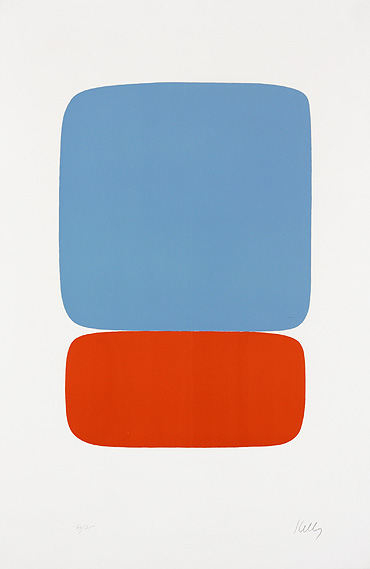An American contemporary artist, graphic designer, and illustrator who emerged from the skate boarding scene. He first became known for his "Andre the Giant Has a Posse" (…OBEY…) sticker campaign, in which he appropriated images from the comedic supermarket tabloid Weekly World News. His work became more widely known in the 2008 Presidential election, specifically his portrayal of Barack Obama as a figure for Hope. The Institute of Contemporary Art, Boston calls him one of today's best known and most influential street artists. His work is included in collections all over the U.S.
Shepard Fairey was under a law suit over the Barack Obama Hope image and according to recent news a judge has dismissed copyright lawsuits between an artist who created the Barack Obama "HOPE" image and The Associated Press but has left a March trial date in place for related claims between the news service and companies that sold merchandise using the artist's image.
U.S. District Judge Alvin Hellerstein said in a one-page order publicly filed Tuesday that a "suggestion of settlement" led him to dismiss claims between artist Shepard Fairey and the AP. He said the claims could be reinstated within a month if either side requested it.
Through his constant repetition of his different designs of Andre the Giant Sheppard has become one of the top street artists of the 21st century. His continuous use of this image in graffiti has made him an icon in Los Angelos CA. Sheppard often uses large print outs from Kinko's and with paste, rubs the image against a wall of his choosing to quickly get in and out without getting caught by any law enforcement.





I just liked these personaly.


![[adbusters.jpg]](https://blogger.googleusercontent.com/img/b/R29vZ2xl/AVvXsEhkN4WG_bsY8nXMW2J7qsghLMqrNec11zP_foK1gMhH8KPn_-Hmrtd88FKA8j79bYLPjZ68mpLGMYT-xTLu8mXyyn03bMccr1oaK1h0hKr5mOw5B0w32ITTyqxMVBrA337c2asURrCRmusk/s1600/adbusters.jpg)








